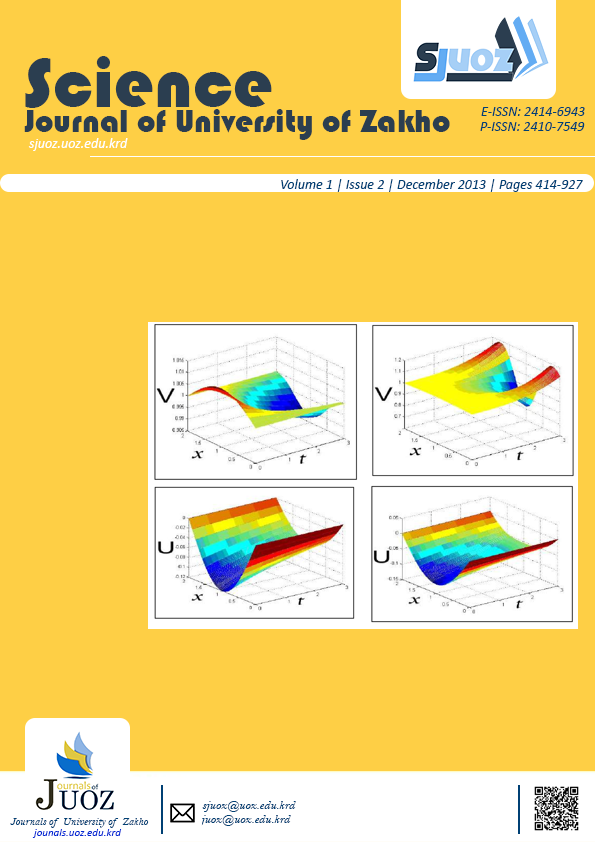Abstract
The effects of solarisation using clear, UV stabilized , 25 µm low density polyethylene mulching combined with soil amendment of chicken manures 12 th-1 , mixed fungicides of Metalaxyl 2 g- Benlate 1.5 g L-1 , Biocontrol agent of Trichoderma harzianum (T.h.) and NPK fertilizer 180 Kg h-1, were ascertained during summer 2008 for counting the total population density of thermotolerant soil fungi Aspergillus niger, A. terreus, Rhizopus sp., Penicillium spp., and Ttrichoderma harzianum ( T.h ) colonized in solarized soil amendments after mulching removal and repeated at 60 days intervals until may 2009. Population of these saprophytes was initially depressed to 8.19 and 4.29×103 cfu/gm soil after 45 and 60 of mulching removal compared to 13.64 ×103 in non-solarized soil, with the most greatly reduction after application mixed of Metalaxyl & Benlate., the highest population density of the above fungi 20.07 cfu×103 was observed in non-mulching chicken manure ( CM ) plots. After 6 – 8 months a total counts of these fungi were significantly reinforced in the solarized amended soil even in plots treated with mixture of both fungicides. Detection of pine damping off disease in non-solarized control plots was 83.33% with severity of 60%. Solar heating alone reduced the disease occurrence to 45 - 53.33% and severity to 10.42 - 11.67%. However, (CM), (Met.& Ben.) fungicide, and biocontrol agent of T.h. after along solarization (60 days) controlled soilborne disease to a lesser extent than other treatments. The effectiveness of these applications combined with solarization after 60 days on the disease infection were 29.17, 20, 15, and 28.33% ,respectively. Finally, in growth chamber, application of CM and T.h. increased the quantitative composition of cfu soil fungi to 7.34 and 5×103 in spite of inoculating with pathogenic propagules of Fusarium proliferatum , Macrophominaphaseolina, and Rhizoctonia solani and the share of these pathogens in the both soil amendments were 13.89 and 30.9% respectively.
Full text article
Authors
Copyright (c) 2013 Wazeer A. Hassan, ASMER A. YOUSIF

This work is licensed under a Creative Commons Attribution 4.0 International License.
Authors who publish with this journal agree to the following terms:
- Authors retain copyright and grant the journal right of first publication with the work simultaneously licensed under a Creative Commons Attribution License [CC BY-NC-SA 4.0] that allows others to share the work with an acknowledgment of the work's authorship and initial publication in this journal.
- Authors are able to enter into separate, additional contractual arrangements for the non-exclusive distribution of the journal's published version of the work, with an acknowledgment of its initial publication in this journal.
- Authors are permitted and encouraged to post their work online.
